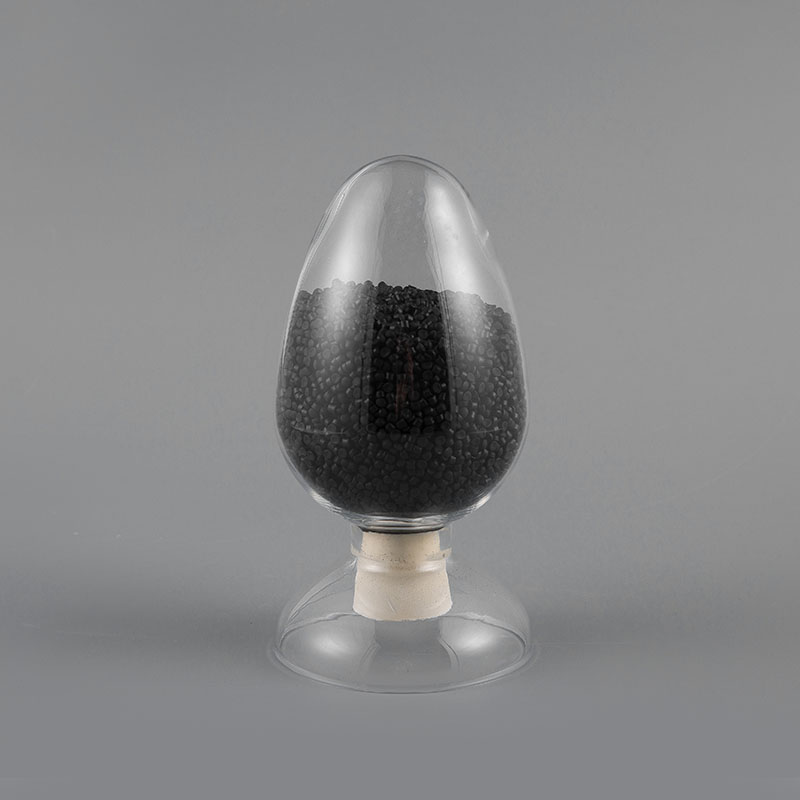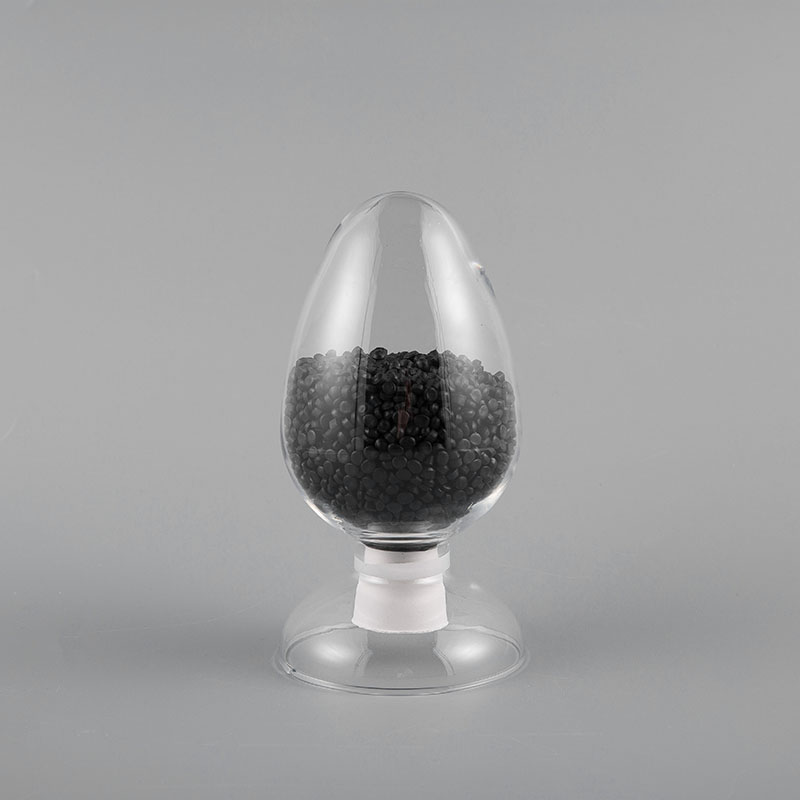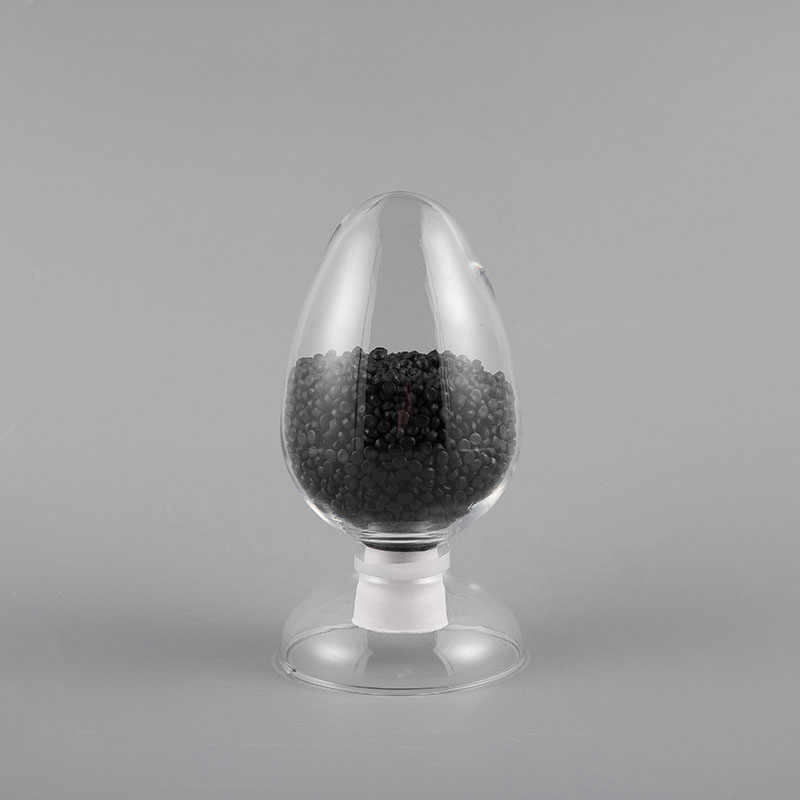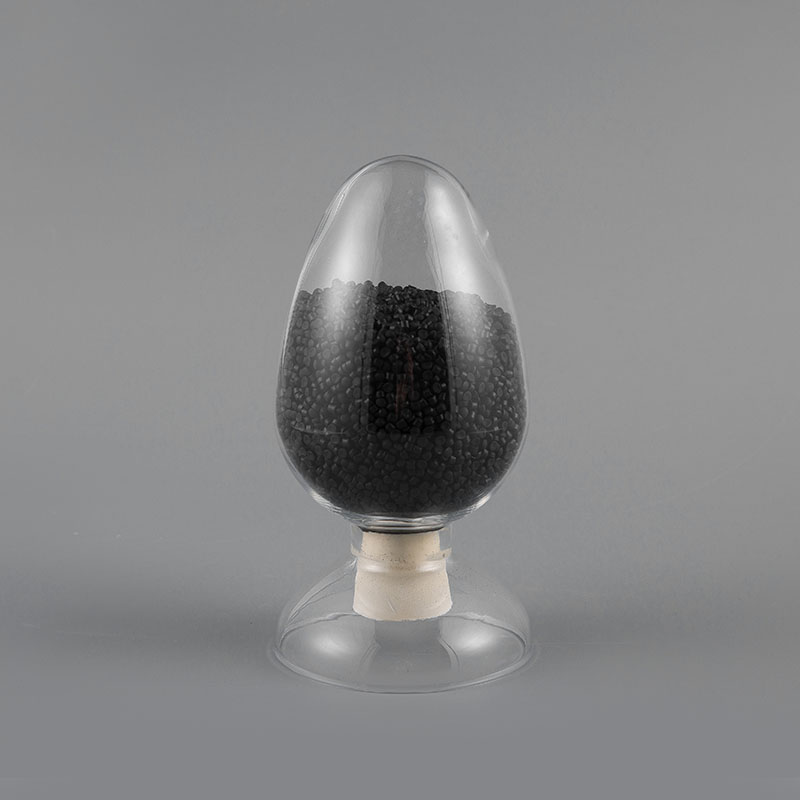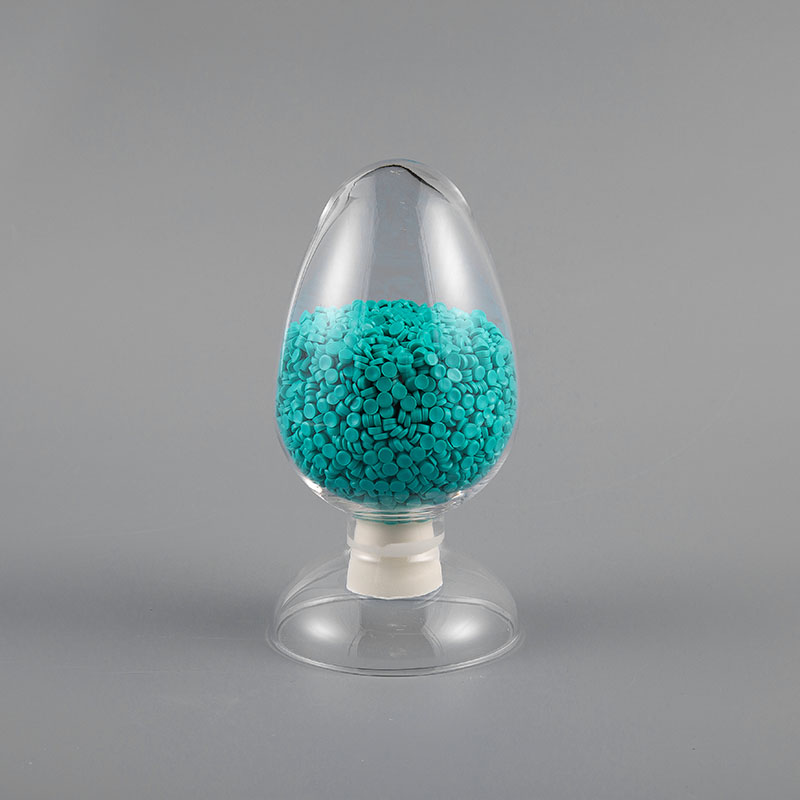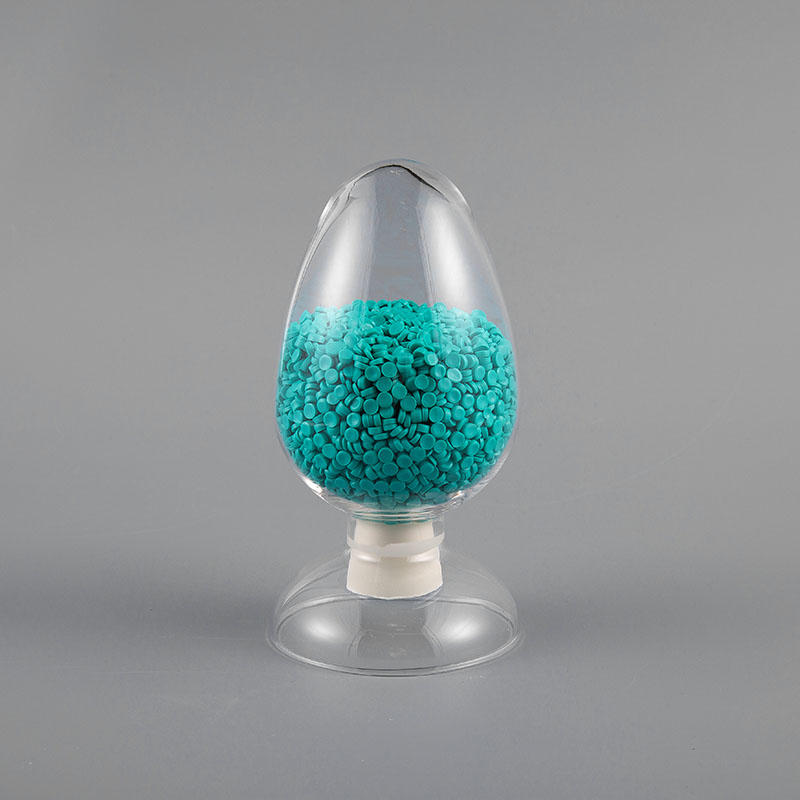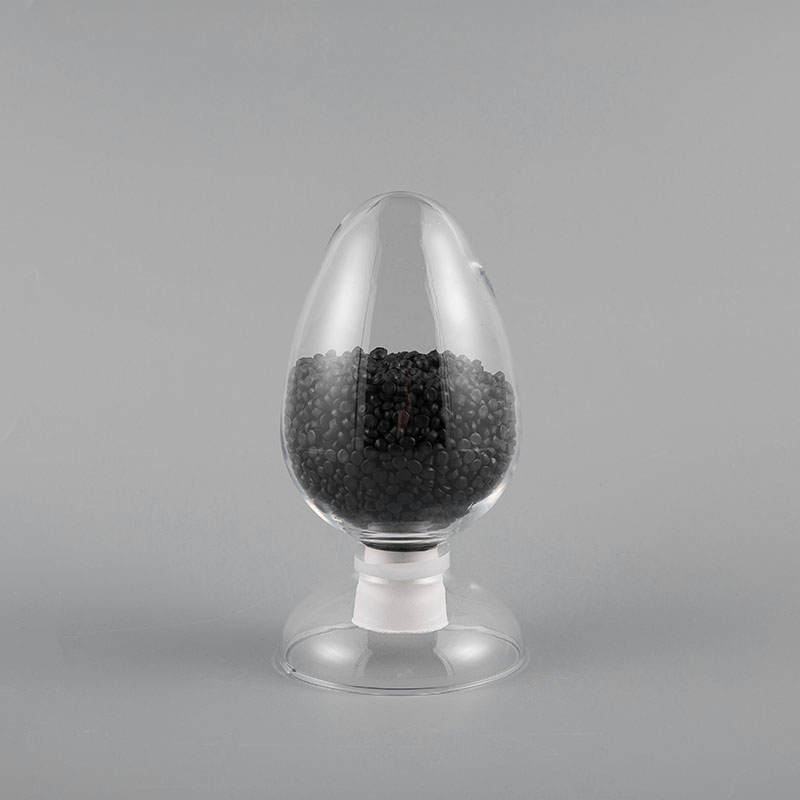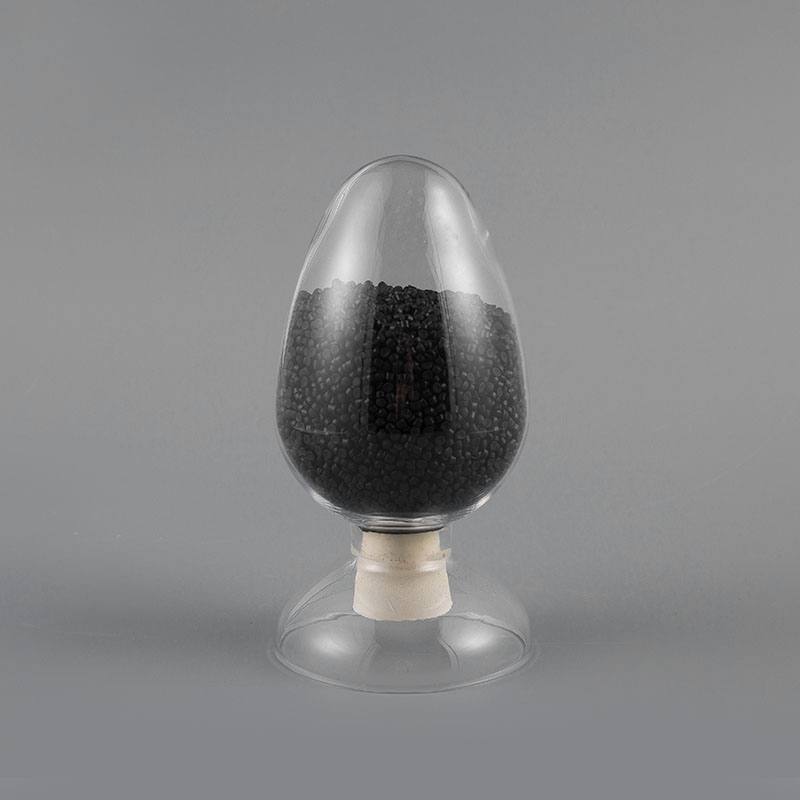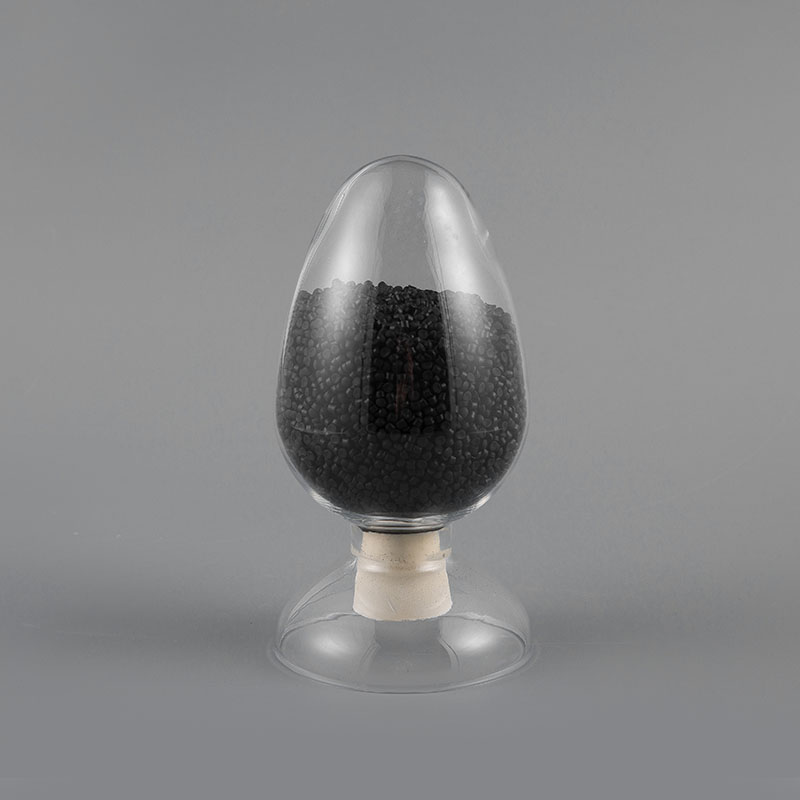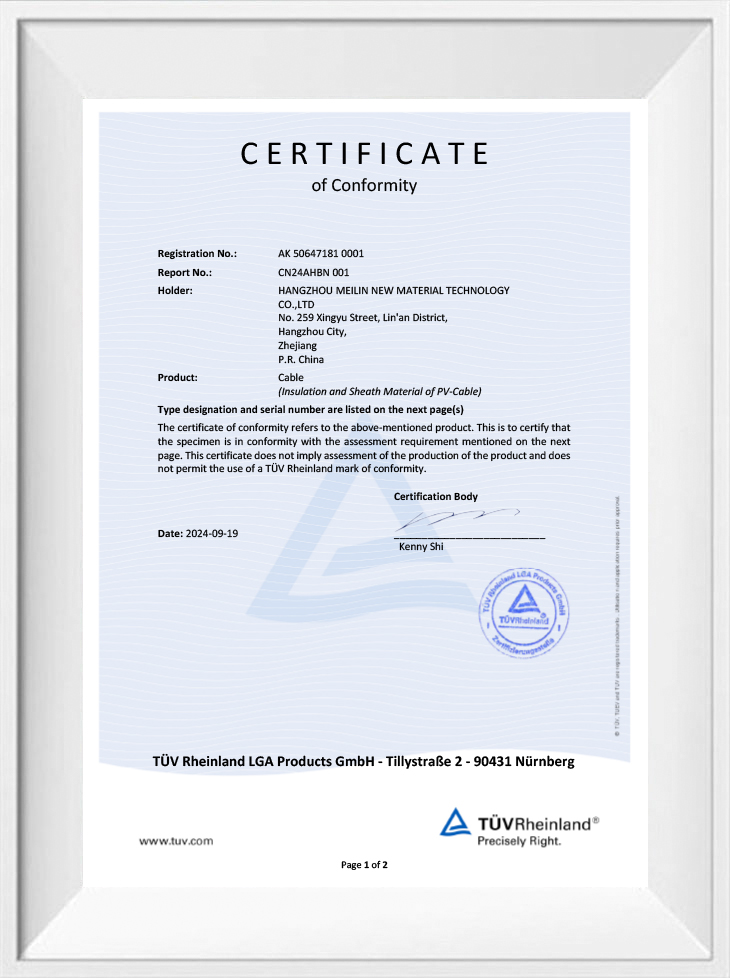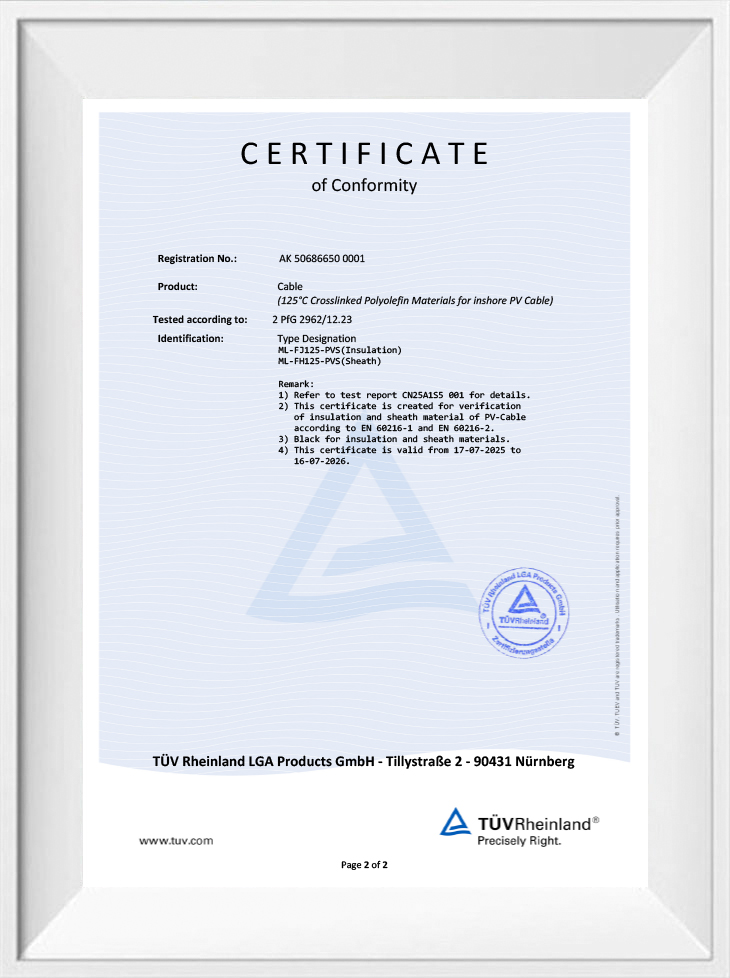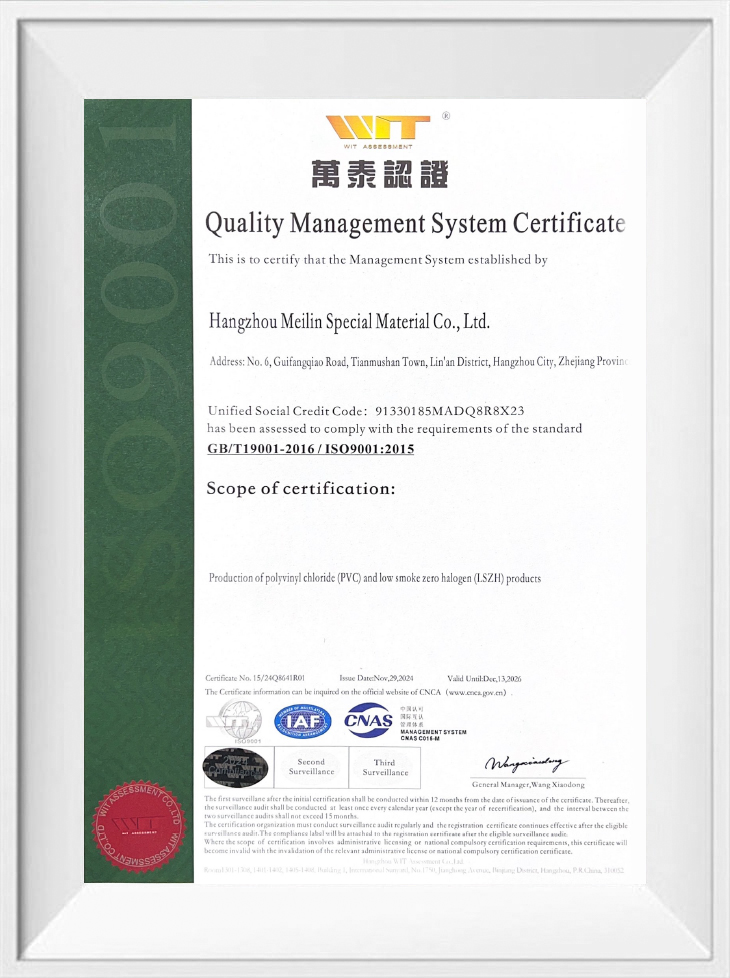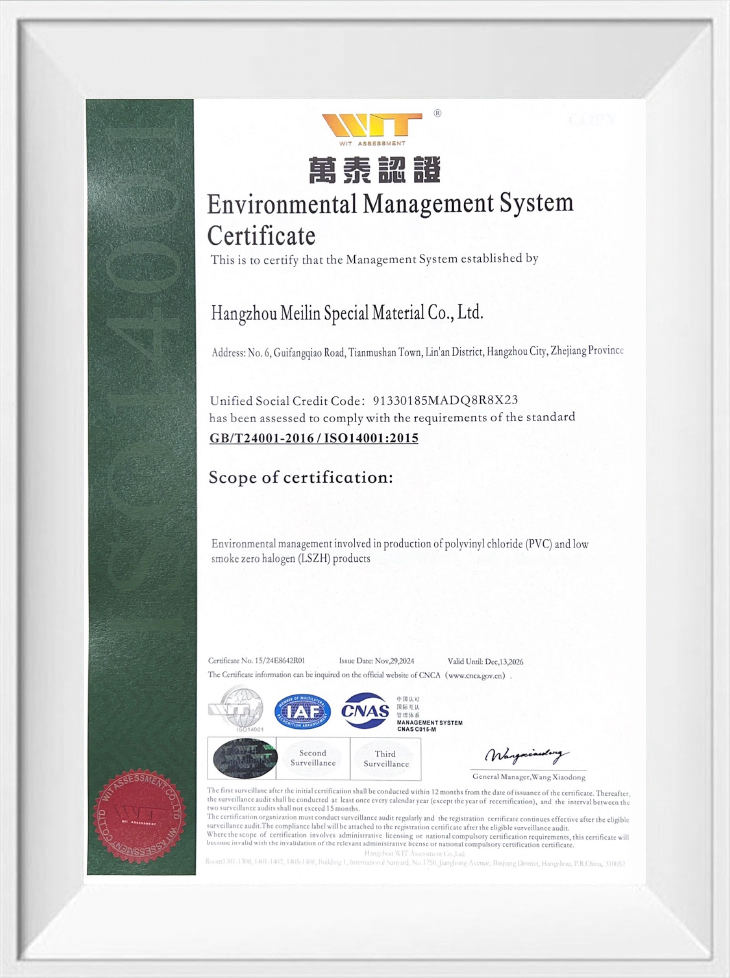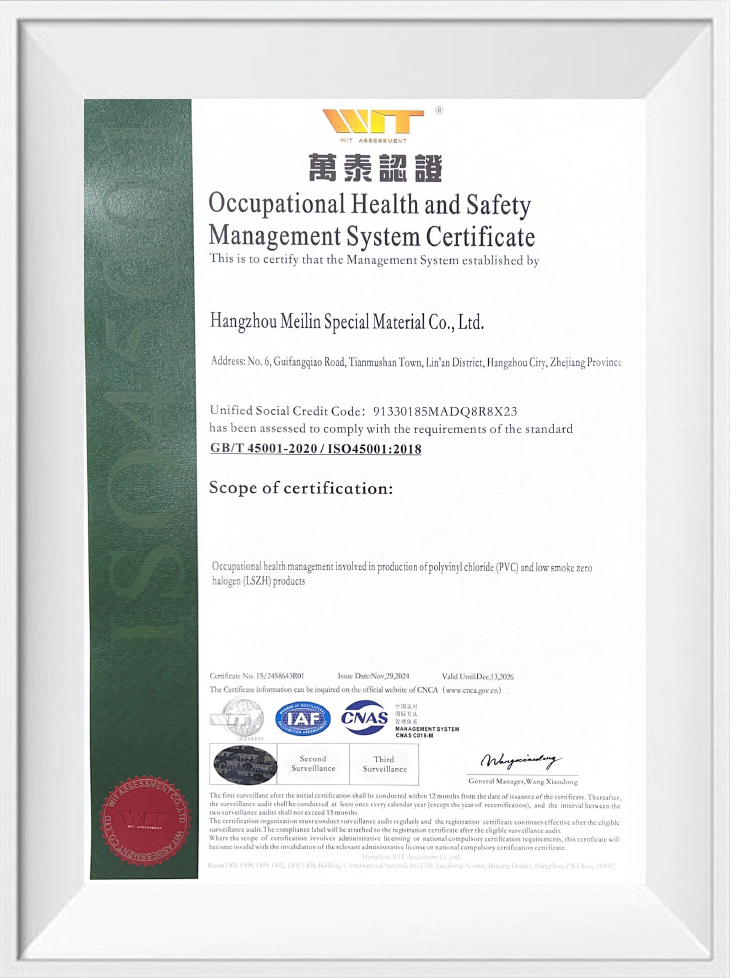ZH-90 90℃ PVC Flame Retardant Soft Sheath Plastic has flame retardant properties and can remain stab...
ABOUT US
30YEARS OF
EXPERIENCE
About Us
Coming From China, Marketing To The World.
Hangzhou Meilin New Material Technology Co., Ltd. is China Custom Flame Retardant PVC Cable Compound Manufacturers and Flame Retardant PVC Cable Compound ODM/OEM Exporters, we were established in July 1994 (formerly known as Zhejiang Lin'an Hongyan Plastic Factory). The company has two factories located at 619 Linglongshan Road and 259 Xingyu Street, Lingqiu Street, Linglong Industrial Park, Lin'an District, Hangzhou City. The registered capital of the company is 75 million yuan, covering an area of over 18000 square meters and a building area of over 30000 square meters. Currently, modern industrial factories and 18 advanced automated production lines have been built. The new factory area will be produced in 2021, making it the cleanest and most beautiful professional cable material manufacturer in the entire region—agreement conditions.
-
admin 12 Nov 2025
2025 Year Latest Edition: Full Analysis of HS Codes for ...
Read MoreIn the rapidly evolving wire and cable materials industry, the designation and compliance of the LSZH compound HS code have become critical for manufacturers, exporters and importers alike. This artic...
-
admin 06 Nov 2025
Understanding LSZH Compounds For Transportation Cables: ...
Read MoreIn today's high‑demand transit infrastructure and mass‑mobility systems, cable safety is a non‑negotiable concern. This article explores how LSZH Compounds For Transportation Cables provide superior p...
-
admin 30 Oct 2025
ZPE Compounds vs Traditional PE Materials: What Makes th...
Read MoreThe evolution of cable insulation materials has reached a significant milestone with the development of ZPE compounds for power cables, representing a substantial advancement over traditional polyethy...
-
admin 24 Oct 2025
Comparing LSZH vs PVC Cable Materials: Which Performs Be...
Read MoreThe debate between LSZH compounds for power cables and traditional PVC materials represents one of the most significant considerations in modern cable specification. As safety regulations tighten and ...
Cable Compound For Communication Industry Knowledge
Key technologies of flame-retardant PVC cable compound: formula design and performance optimization
Flame-retardant PVC cable compound are widely used in construction, electricity, communications and new energy fields. Their core requirements include flame retardancy, mechanical strength, electrical properties and weather resistance. Formula design and performance optimization are the key to improving the comprehensive performance of materials, involving flame retardant selection, PVC substrate modification, processing aid optimization and other aspects.
Core formula composition of flame-retardant PVC cable compound
Selection of PVC resin
Suspension PVC (SG type): SG-5 and SG-7 are commonly used to balance processing fluidity and mechanical properties.
Influence of polymerization degree: High polymerization degree PVC (such as P-1000) can improve heat resistance, but the processing difficulty increases.
Flame retardant system design
(1) Traditional flame retardants
Halogen flame retardants (such as chlorinated paraffin, decabromodiphenyl ether): highly efficient but facing environmental regulations (such as RoHS).
Antimony trioxide (Sb₂O₃): synergistic with halogen, but the dosage needs to be controlled (3-5%).
(2) Halogen-free flame retardants
Metal hydroxides (ATH, MDH): environmentally friendly but require high addition amounts (40-60%), affecting mechanical properties.
Phosphorus-based flame retardants (such as TCPP, DOPO): good carbonization, suitable for scenarios with high flame retardancy requirements.
Intumescent flame retardants (IFR): low smoke and low toxicity, but high cost.
Plasticizers and stabilizers
Plasticizers (DOP, DINP, environmentally friendly plasticizers): affect flexibility and low-temperature performance.
Heat stabilizers (calcium zinc, organic tin): prevent PVC processing degradation and improve heat resistance.
Fillers and processing aids
Calcium carbonate (CaCO₃): reduces costs, but excessive amounts affect flame retardancy.
Lubricants (PE wax, stearic acid): improve processing fluidity.
Antioxidants and light stabilizers: improve aging resistance.
Key technologies for performance optimization
Optimization of flame retardant performance
Synergistic flame retardant technology: such as Sb₂O₃ + halogen system, ATH + silicon system, to improve flame retardant efficiency.
Surface modified flame retardant: such as silane coupling agent treatment of ATH to improve dispersibility.
Application of carbonizing agent: promote carbon layer formation (such as pentaerythritol) and enhance barrier effect.
Balance of mechanical properties
Elastomer modification (such as NBR, EVA): improve impact resistance.
Nano filler (such as nano SiO₂, montmorillonite): enhance tensile strength.
Processing technology optimization
Twin-screw extrusion process: ensure uniform dispersion of flame retardant.
Temperature control: prevent PVC decomposition (usually 160-180℃).
Industry standards and test methods
Flame retardant standards: UL94 V-0, GB/T 18380 (vertical burning), IEC 60332.
Smoke density test: ASTM E662 (evaluation of low smoke performance).
Environmental certification: RoHS, REACH, halogen-free requirements (halogen content <900ppm).


 English
English 中文简体
中文简体 русский
русский
